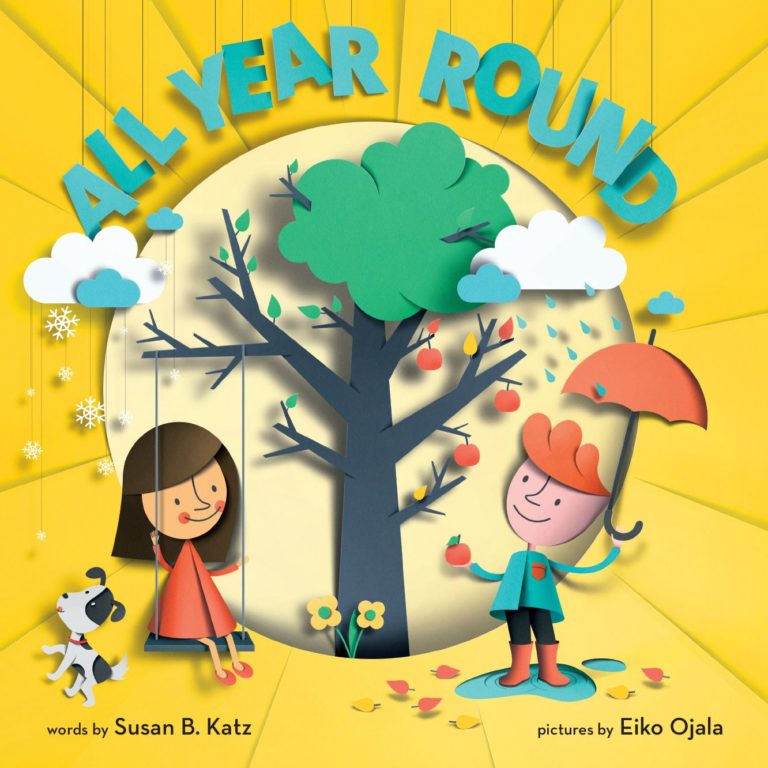Infants and American Sign Language
Dear Pop,
My daughter will have a baby this spring. I want to teach my grandchild American Sign Language (ASL) but my wife thinks that will only confuse the child. I say it will empower my granddaughter. Who’s right?
Deaf Grandpa
Dear Deaf Grandpa,
You’re right. Now let me tell you why.
Soon after birth, babies have the ability to comprehend language. However, they have to wait between 1 to 2 years before they can produce speech.

Babies are quick at mastering the art of manual dexterity or moving objects with their hands. Why not take advantage of that strength? By teaching your grandchild and her parents signs for wet, hungry, or thirsty they will quickly learn to communicate; eliminating many frustrating problems most families don’t get over until the child learns to talk.
Let Grandma know that research shows that signing does not delay a child’s ability to speak. It actually encourages earlier communication making the child an active participant in conversation, not a passive observer. Also, the University of California has linked infant signs to boosting IQ scores.
Start with simple signs like milk, hungry, more, and help. Be patient. It takes several months for infants to produce their first sign. Then teach those signs to caregivers and family members. This will create a unique bond for your entire family.
For more information on baby sign language visit Youtube.
Happy New Year,
Pop
Have a question for Pop? Write to him at [email protected] and he’ll get back to you ASAP.





Sounds like every new mother should do this.
I’m signing to my baby and can’t wait for it to pay off with his first sign! Great article.
Let Pop know when your baby forms his first sign and what that sign is. Good luck.